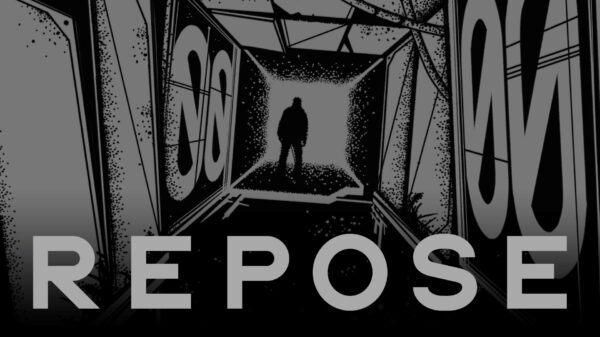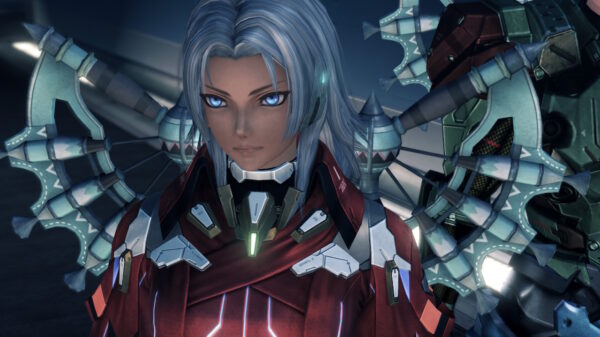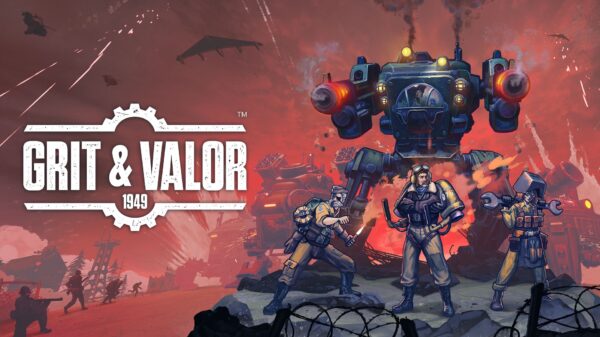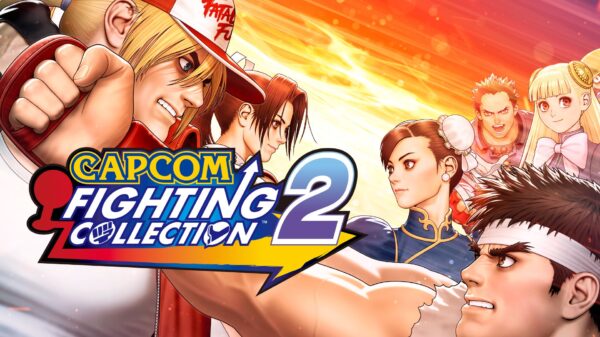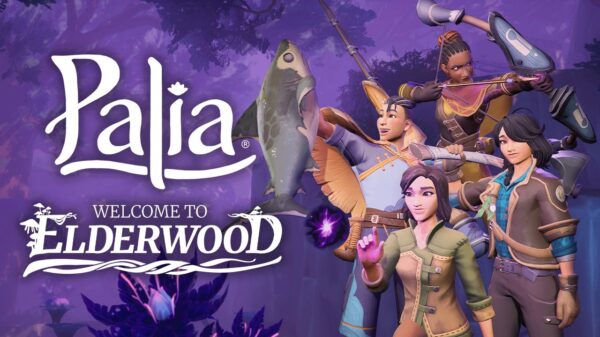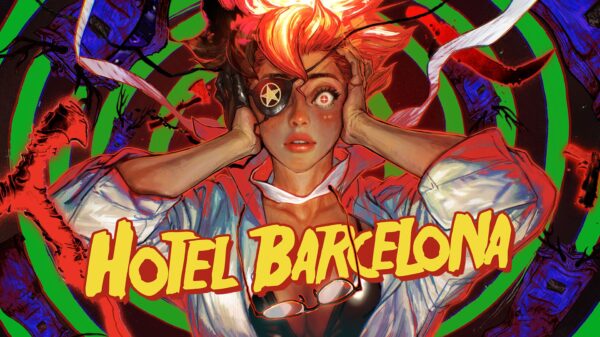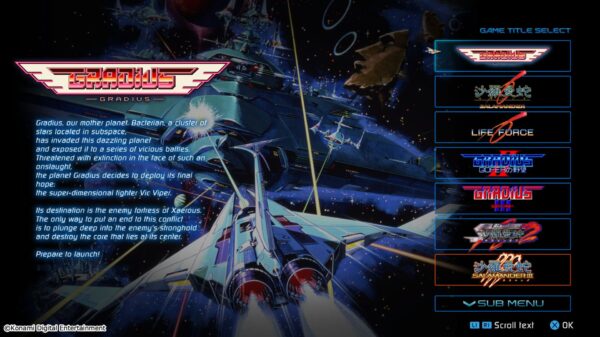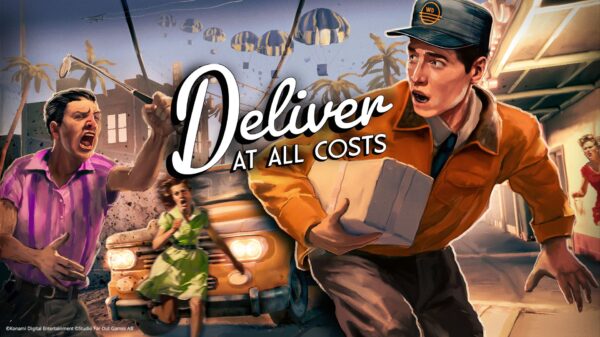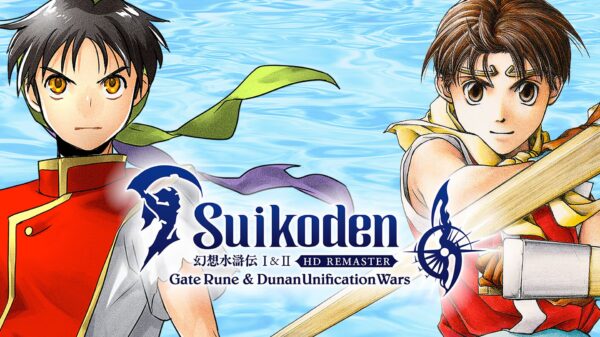Teenage Mutant Ninja Turtles: The Cowabunga Collection revitalizes the classic games from the late ’80s and early ’90s. But rather than splashing on a fresh coat of paint, developers at Digital Eclipse bring the retro titles into the modern era with much-needed quality-of-life adjustments. Longtime gamers and newcomers alike will enjoy The Cowabunga Collection.
Teenage Mutant Ninja Turtles: The Cowabunga Collection
Developer: Digital Eclipse
Price: $40
Platform: PS5, PS4, Xbox Series X|S, Xbox One, Nintendo Switch, Steam
MonsterVine received a PS5 code for review
Based on characters and themes from the iconic ’80s comic book and animated television series, The Cowabunga Collection is a set of 13 games released on different hardware between 1989 and 1993. Players usually control one of four human-turtle hybrid ninjas — Raphael, Donatello, Leonardo, and Michaelangelo — and try to stop the nefarious schemes of their archnemesis, Shredder. That could mean traveling through time to recover the Statue of Liberty. Or, it could mean retrieving a “life transformer gun” to return their rat sensei Splinter to his human form.
Those familiar with the property will recognize each ninja turtle by their distinctive mask and weapon. The turtles often possess different strengths and weaknesses. Donatello – who wears a purple mask and wields a bō – is the slowest and has the most extended attack range. On the other hand, red-masked Raphael is the fastest, but his twin sai don’t reach nearly as far. These characteristics might even be present in every game in The Cowabunga Collection, but it’s more noticeable in some than others.
Gameplay mechanics vary across the series. Most games in the collection are squarely side-scrolling beat ’em ups and follow the typical conventions of that genre. The original game and those released for the Game Boy employ platforming elements, while the later Tournament Fighter games are one-on-one fighting games. Each one is the same as it was 30 years ago.
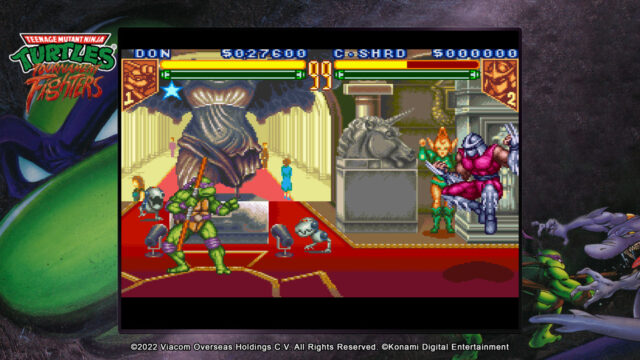
Image courtesy of Konami Digital Entertainment.
The nostalgia alone would elicit glowing praise if I were to judge The Cowabunga Collection based on its library. But this isn’t a review of some games that have been out for three decades. It’s a review of the package they come in. Developers at Digital Eclipse didn’t just bring an old series to a new generation. They made it approachable to gamers with modern sensibilities.
Games from the arcade, 8-bit, and 16-bit eras were notoriously tricky. Instructions were often obtuse, and more significant challenges translated into more time and quarters spent. The TMNT games aren’t the most arduous from those times, but they have a bit of a mean streak. The infamous gap in the original game’s third level was rage-inducing for those who didn’t know they could just walk across. Arcade elements, too, generally made the games designed for cabinets unfair.
“Hardcore” gamers can relax knowing that the Cowabunga Collection can be just as challenging as the games it comprises. For the rest of us, there’s a set of tools to remove the more tedious and intimidating components.
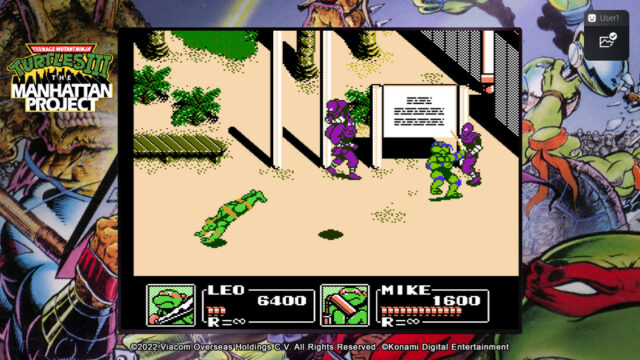
Image courtesy of Konami Digital Entertainment.
One of those tools is a set of enhancements accessible before each game through which players can enable infinite lives, disable damage, or toggle a more accessible mode.
More lives, in particular, make it so players can experience the original vision without needing to replay from the beginning. Damage negation is cheesier and game-breaking but still a helpful tool for anyone who simply wants to participate.
In some of those enhancement menus are also settings that remove the limitations imposed by earlier hardware. Sprite flickering and slowdown are true to form but not the most sightly or convenient today. Disabling these attributes doesn’t necessarily make any of the games more accessible. Players looking for authenticity can ignore visual settings entirely. Doing so, however, adds a sense of fluidity familiar to modern gamers.
In-game features further facilitate the experience. A rewind button gives players to power to go back in time, making it possible to learn delicate platforming segments without an excruciating retread. Added save states serve a similar purpose, allowing anyone to pick up their next session wherever they left.
These features are limited in scope. Rewinding lasts only 10 seconds, so you’re somewhat damned if your troubles began earlier. Additionally, The Cowabunga Collection only permits one save state per game.
That latter issue isn’t as glaring, but it’s an oversight nonetheless. Every game in the collection boasts a short runtime (though the whole package lasts about 20 hours), and modern hardware already lets players turn off their systems without needing to restart their games. But people sharing a copy of The Cowabunga Collection, especially those with limited time on their hands, won’t be able to play the same title concurrently unless someone is willing to forfeit their progress. Again, this isn’t much of a demerit. Many won’t need to save at all. It’s a problem some will face, however, and one the developers could easily avoid.
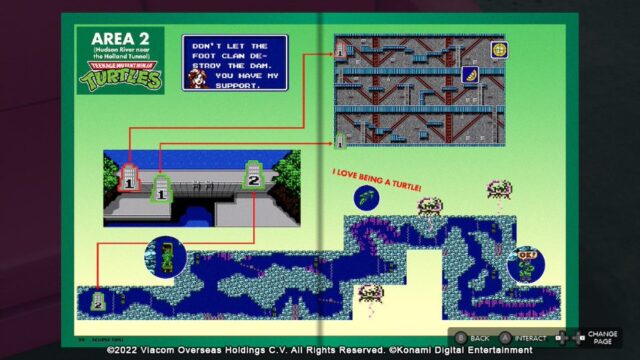
Image courtesy of Konami Digital Entertainment.
There are also strategy guides hiding in the pause menu, one handcrafted by the developers for each game. They won’t hold your hand like a walkthrough but offer insight during more obtuse moments. The guide for the original game even tells players they can walk across that infamous gap.
The Cowabunga Collection’s greatest gift is the neat little bow that holds it together. Through the anthology’s main menu, anyone can visit the Turtle Lair. There they’ll find a treasure trove of TMNT-related media, including animation designs, comic book covers, and a jukebox, among so many other things.
All this shows the thoroughness and care the developers wanted to bring to the beloved video game series. Teenage Mutant Ninja Turtles: The Cowabunga Collection contains the same games you might already know and love. If not, there’s enough modern philosophy to make it worth exploring without compromising the original visions.
 The Final Word
The Final Word
Teenage Mutant Ninja Turtles: The Cowabunga Collection is a great ensemble for retro gamers and newcomers alike.
– MonsterVine Rating: 4.5 out of 5 – Great





